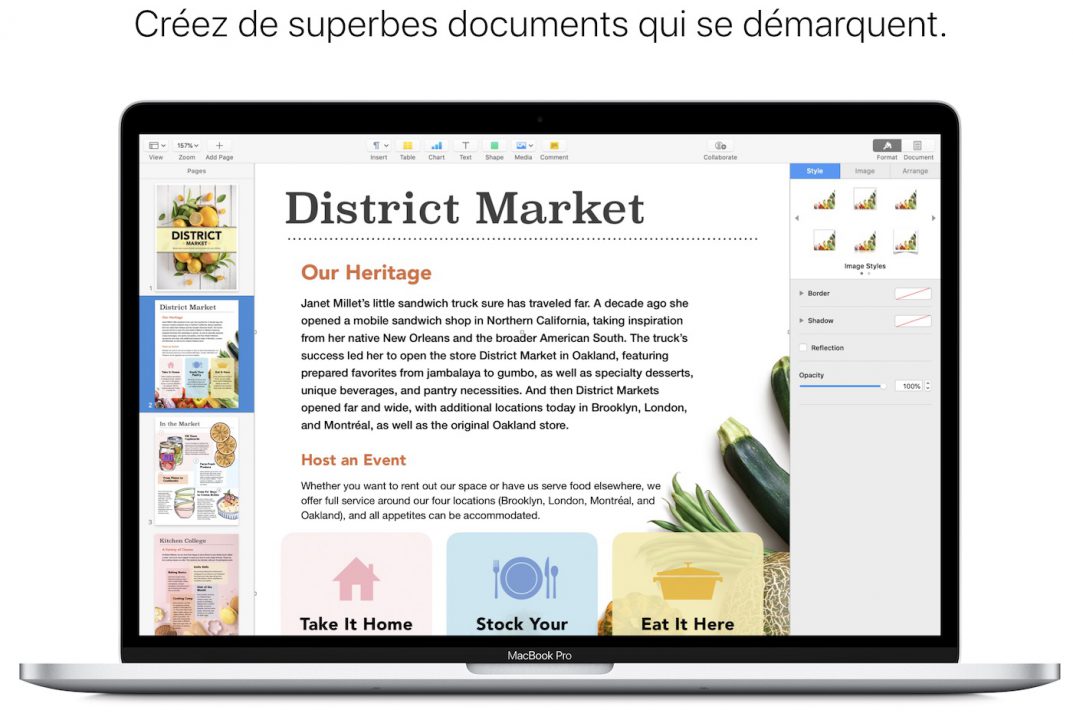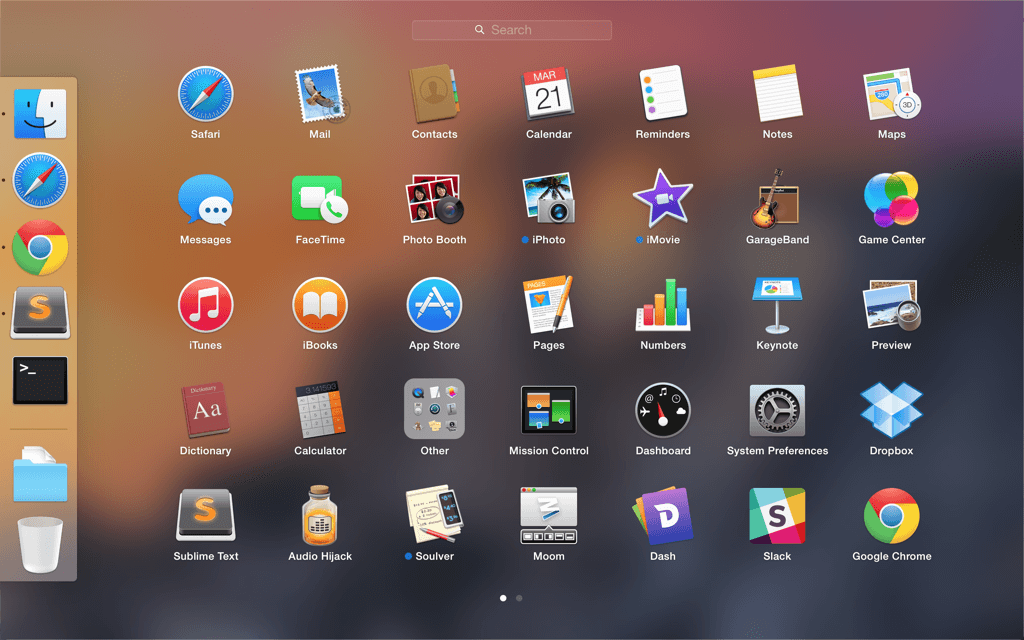

The first thing to know is that you can be lulled into a false sense of confidence about the process by right-clicking on one of the Pages files, as I show here with “melinda.pages” on my own Windows 10 system: It’s a bit of work, but it’s most assuredly doable, and after you’ve done it once or twice, you’ll find that it’s quite quick to log in to your iCloud account, upload the Pages files, then re-download them, converted into Microsoft Word. Additionally, you can compare the performance of your custom product pages against your default product page, and see whether people who downloaded your app from a custom product page stay engaged longer or spend more on in-app purchases.Well, there’s no “easy” way to do this as the programs use relatively incompatible file formats, and there’s no app or program for the Windows side that lets you read Pages documents, but don’t give up hope: turns out that Apple’s done a boffo job of reproducing the functionality of its Office apps (Pages, Numbers, Keynote) within a Web browser and that you can sign up and use these apps through Apple’s iCloud service for free. You can also view retention data and average proceeds per paying user for each custom product page. Under the Acquisition tab, you’ll see product page impressions, downloads, redownloads, and conversion rates to understand how effective each page is at encouraging app downloads. Once your custom product pages are live, you can measure their performance in App Analytics in App Store Connect. Custom product pages are available to select right from your Apple Search Ads account, letting you create more relevant ads for different audiences. You can use custom product pages to create ad variations with Apple Search Ads. They’ll use the custom product page ID as the customProductPageIdentifier when using SKOverlay, or as the SKStoreProductParameterCustomProductPageIdentifier when using SKStoreProductViewController.

For example: Ĭustom product pages don’t appear when someone searches for your app or game on the App Store, but may appear in editorially curated selections on the Today, Games, and Apps tabs.Īdvertising networks can also use custom product pages in StoreKit-rendered advertisements. The unique URL adds a new product page ID parameter to the default product page URL. For example, you can promote a sports team in an email campaign and link to the custom product page that highlights that team. Once you’ve created a custom product page, you can use its unique URL to share it through your marketing efforts, such as social media advertising or promotional communications. App Store icon, app preview, and screenshots overview.Get ready to optimize your App Store product page.For a smooth review experience, make sure your screenshots and app previews follow the specifications and that all metadata follows the App Store Review Guidelines. You can have up to 35 custom product pages per app published on the App Store at a time. You can also use the App Store Connect API to automate metadata upload and submission for your custom product pages. Any metadata you provide must be submitted for review, which you can do independent of an app update. You can then customize screenshots, promotional text, and app previews for any of your page’s localizations. When creating a custom product page in App Store Connect, you can choose to start with a copy of your default product page or a blank page. Each custom product page can include screenshots, promotional text, and app previews that are different from those on your default product page.

You can also use these pages to showcase seasonal or culturally relevant content. You can create additional versions of your App Store product page on iOS 15 and iPadOS 15 or later to showcase different features or content within your app - such as a particular sport, character, show, or gameplay feature - and share them with different audiences through unique URLs.


 0 kommentar(er)
0 kommentar(er)
